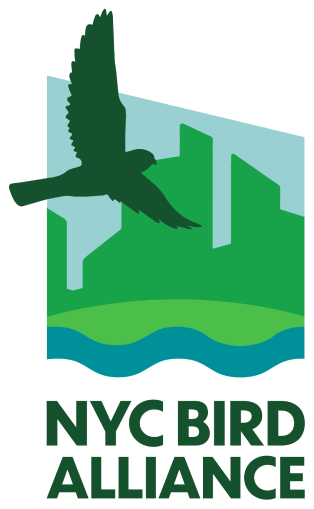Queens HotspotsClick on a park below to see it on the map.
Alley Pond Park
Astoria Park
Baisley Pond Park
Bayswater Point State Park
Big Egg Marsh
Breezy Point Tip
Cunningham Park
Dubos Point Wildlife Sanctuary
Flushing Meadows Corona Park
Forest Park
Fort Tilden
Idlewild Park
Jacob Riis Park
Jamaica Bay Wildlife Refuge
Kissena Corridor Park
Kissena Park
Queens Botanical Garden
Rockaway Beach and Boardwalk
Spring Creek Park

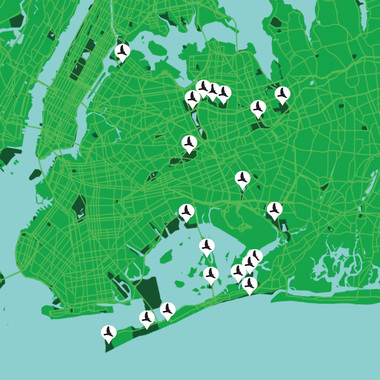
BIRDING IN QUEENS
The borough of Queens is almost as large as Manhattan, the Bronx, and Staten Island combined, encompassing 37 percent of New York City’s total area. The borough spans the entire width of Long Island: its northern and westernmost borders are Long Island Sound and the East River, while its southern shores open on Jamaica Bay and the Atlantic Ocean. Two districts of the expansive Gateway National Recreation Area lie at this southern end: Jamaica Bay Wildlife Refuge (shared with Brooklyn) and the Breezy Point District, which lies at the end of the Rockaway Peninsula. The Jamaica Bay Complex is a critical area for breeding and migrating waterbirds, and has been designated by National Audubon as an Important Bird Area (IBA) of global significance.
At the western edge of central Queens, the extensive mature forest habitat of Forest Park provides exciting birding during migration due to the large numbers of songbirds that stop over there. West of Forest Park, a “necklace” of inland green spaces begins, creating a zigzagged green corridor reaching towards the north and west: the wetland and woodland habitat of Flushing-Corona Park connects via the Queens Botanical Garden and Kissena Park Corridor to the western Queens natural areas of Cunningham Park and Alley Pond Park. Other Queens hotspots include Ridgewood Reservoir and Baisley Pond Park.
The great variety and extent of the Queens parks has led to a long and strong local birding tradition in the borough: the Queens County Bird Club was founded in 1932. And the results of so much birding are startling: 371 (and counting) species of birds documented in Queens eBird records, the highest count of New York City’s five boroughs. So many waterbird rarities have been recorded in Queens that one must group them: all three phalarope species, all three jaeger species, five alcid species, ten tern species, and shorebirds including three godwits and extralimital species such as Ruff, Red-necked Stint, and Broad-billed Sandpiper. Other recent Queens rarities have included Burrowing Owl, Sage Thrasher, Black-throated Gray Warbler, and Painted Bunting.
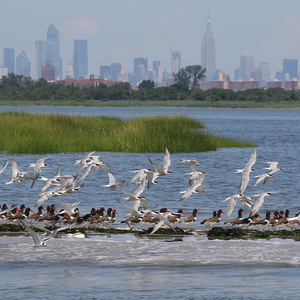
A cluster of waterbirds in Jamaica Bay Wildlife Refuge includes American Oystercatchers and Common Terns. Photo: Don Riepe
Jamaica Bay Wildlife Refuge
Jamaica Bay, a vast marshy estuary shared by Queens and Brooklyn, is a critical stopover site for migrating shorebirds including the threatened Rufa Red Knot, and includes several of the City’s most productive Harbor Heron Islands, which host up to six species of waders along with gulls, cormorants, American Oystercatchers, and Common and Forster’s Terns. The refuge’s island headquarters include the brackish East and West Ponds, which shelter migrating shorebirds and wintering waterfowl. This main island also includes uplands that are an important stopover site for land bird migrants, and nesting grounds for species such as White-eyed Vireo and Blue-gray Gnatcatcher. eBirders have recorded 318 species at the refuge.
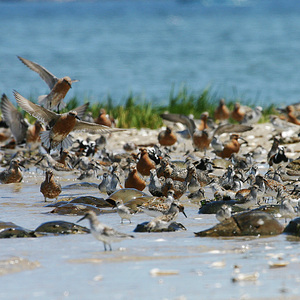
An assortment of shorebirds including Red Knots and Ruddy Turnstones feast on Horseshoe Crab eggs in Jamaica Bay. Photo: Don Riepe
More Jamaica Bay Parks
The West and East Pond and gardens of the Jamaica Bay Wildlife Refuge Headquarters are the most well known and visitor-friendly of the preserved natural areas in Jamaica Bay. But a number of other properties around the Bay have been protected over recent decades, thanks to the persisent efforts of local conservation groups, including NYC Bird Alliance. The eastern Queens section of the Bay includes a number of preserved spaces. Those these parks vary in ease of access and some are lacking in facilities, they offer interesting birding and include Big Egg Marsh, Dubos Point Wildlife Sanctuary, Edgemere Landfill, Bayswater Point State Park, Idlewild Park, and Spring Creek Park.
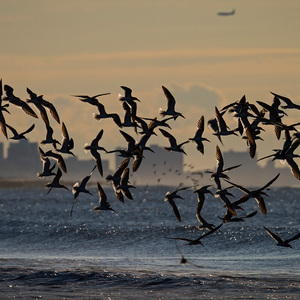
Black Skimmers breed on the Rockaway Peninsula. Photo: François Portmann
The Rockaways
Historically, the Rockaway Peninsula was the second-to-last barrier island along Long Island’s south shore, from east to west, before Coney Island. (Like Coney Island, the Rockaways have been connected to the mainland by human development.) The Rockaway beaches are important nesting sites for threatened species such as Piping Plover, Least Tern, and Black Skimmer, and the waters on both bay and beach side attract wintering seabirds such as grebes, loons, scoters, and gannets. Like all of Long Island’s barrier islands, the Rockaways are also a prime fall migration spot: birders count migrating raptors and birds of all kinds as they stream south past Fort Tilden (268 species on eBird) and Breezy Point.
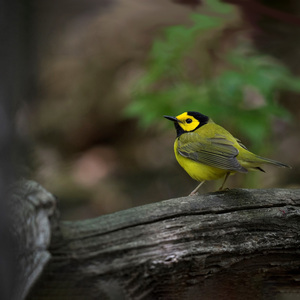
Hooded Warblers feel at home among the fallen logs and rich undergrowth of Forest Park. Photo: François Portmann
Forest Park
Stretching across the western edge of central Queens, the woodlands of Forest Park offer a surprising sense of remote wilderness in the midst of dense residential development. During migration, the mature trees and naturally maintained forest floor of the eastern section of the park attract great numbers of migrating warblers, thrushes, tanagers, and other land birds. Birds and their admirers flock in particular to an ephemeral wetland known as the Water Hole, one of a number of glacial “kettle” formations in the park. Contiguous with Forest Park to the west is Ridgewood Reservoir, a recently preserved wetland habitat on the Queens/Brooklyn border.
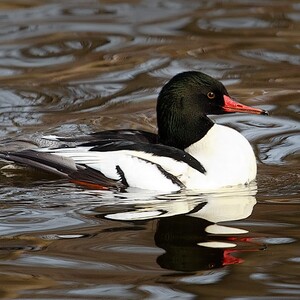
In the wintertime, Common Mergansers are often seen on Willow Lake. Photo: Laura Meyers
Birding in Flushing Meadows Corona Park
Diving deep into the center of Queens from north to south, and bordered on each side by a major highway, Flushing Meadows Corona Park is a gritty urban park that includes some surprisingly tranquil and productive bird habitat. The northern section of the park includes a marina on Flushing Bay that is a good waterfowl spot, while mixed meadows and trees on the old World’s Fair grounds and at the Queens Zoo offer good stopover habitat for land birds. The southern section of the park includes Meadow and Willow Lakes, which in recent years have hosted a regular Bald Eagle, as well as wintering waterfowl including Common Mergansers. eBirders have recorded 188 species in Flushing Meadows Corona Park.
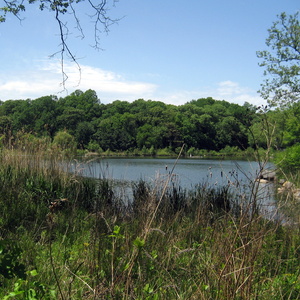
Kissena Lake hosts waterfowl such as Wood Duck and Hooded Merganser, while its rich shoreline habitat attracts both migrating and nesting songbirds. Photo: Wally Gobetz/CC BY-NC-ND 2.0
Kissena Park and Corridor
Kissena Park contains an expanse of excellent and varied bird habitat that connects to the parkland on either side of it (Queens Botanical Garden to the west, and Cunningham Park to the east) via the Kissena Park Corridor, a green space created along a railroad right-of-way. The park proper includes Kissena Lake and other wetlands that are remnants of Kissena Creek, as well as woodlands and meadows. This contiguous strip of parkland is particularly birdy during fall migration, and local eBirders have documented over 210 species here across various hotspots, including rarities such as Swallow-tailed Kite, Northern Shrike, and Sedge Wren. Breeding species include American Redstart, Orchard Oriole, and possibly Hairy Woodpecker.
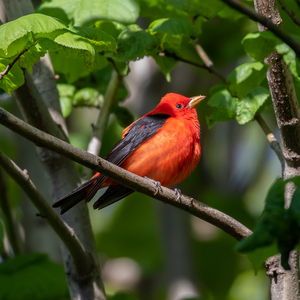
Scarlet Tanagers are often seen in All only known New York City location for this species. Photo: Ryaney Pond Park during migration—and sometimes stay to nest in the park, the F. Mandelbaum
Alley Pond Park
Tucked in the northeast corner of Queens is the extensive and ecologically varied Alley Pond Park, which includes several different habitat types including tidal marsh, oak and beech forest, and freshwater wetlands that drain into Little Neck Bay to the north. The park’s forest and meadows are very productive spots for migrating flycatchers, warblers, and other songbirds, and host nesting Great Horned Owls as well as unusual woodland species for New York City, such as Scarlet Tanager. The park’s tidal marshes are home to nesting Osprey and Marsh Wrens.
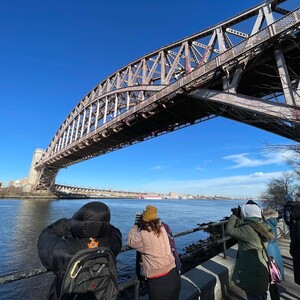.jpeg)
"Weird Duck Spotting" Outing in Astoria Park led by NYC Bird Alliance Guide Lily Mastrodimos in winter. Photo: Lily Mastrodimos
Birding in Astoria Park, Queens
Situated right along the East River in Northern Queens, Astoria Park offers a unique urban birding experience. This picturesque green space is a haven for bird enthusiasts, featuring nesting raptors like Red-tailed Hawks and Peregrine Falcons, wintering waterbirds on the river, and a variety of migrating songbirds. With over 160 species documented, Astoria Park is a must-visit for birders of all levels.
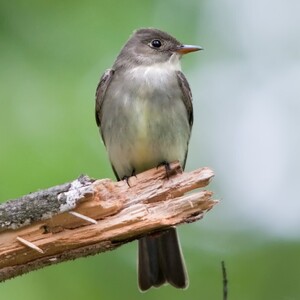
The plaintive "PeeWeeee..." of the Eastern Wood-Pewee can be heard during nesting season in Cunnhingham Park. Photo: Kelly Colgan Azar/CC BY-ND 2.0
Birding in Cunningham Park, Queens
Located in eastern Queens, Cunningham Park is one of New York City’s larger and wilder green spaces. This extensive woodland is a hidden gem for bird enthusiasts, offering a diverse array of bird species throughout the year. With over 150 species documented, including 31 warbler species, the park is a prime destination for birding during spring and fall migrations.
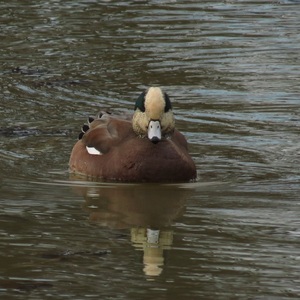
A drake American Wigeon approaches on Baisley Pond. Photo: Keith Michael
Birding in Baisley Pond Park, Queens
Nestled in Queens, Baisley Pond Park is a charming neighborhood oasis known for its diverse wintering waterfowl. This 30-acre man-made pond, created in the 1700s, attracts a variety of bird species throughout the year, from wintering ducks like Redhead and Ring-necked Duck to summer visitors like Red-winged Blackbird.
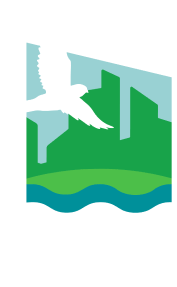
 park locations
park locations